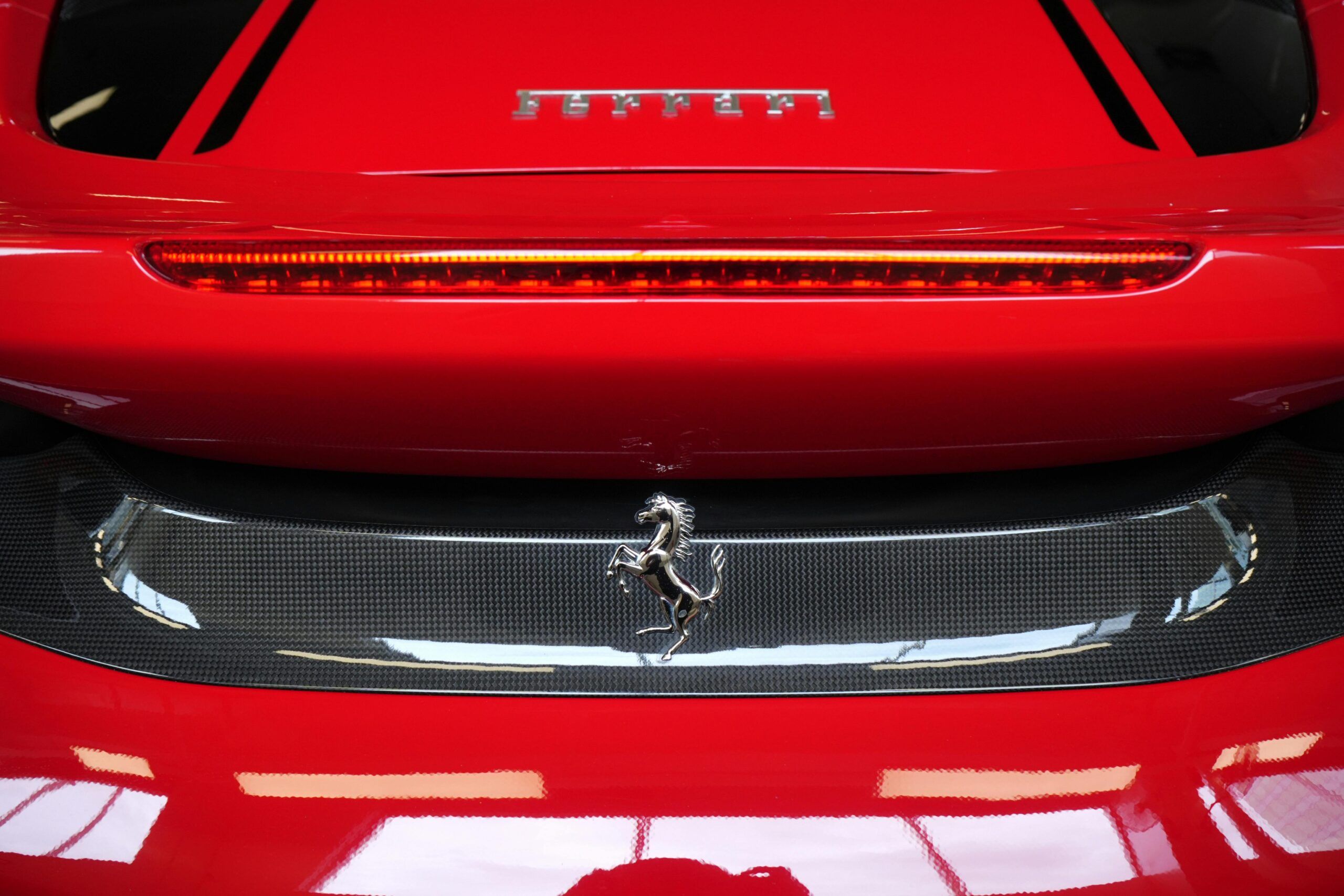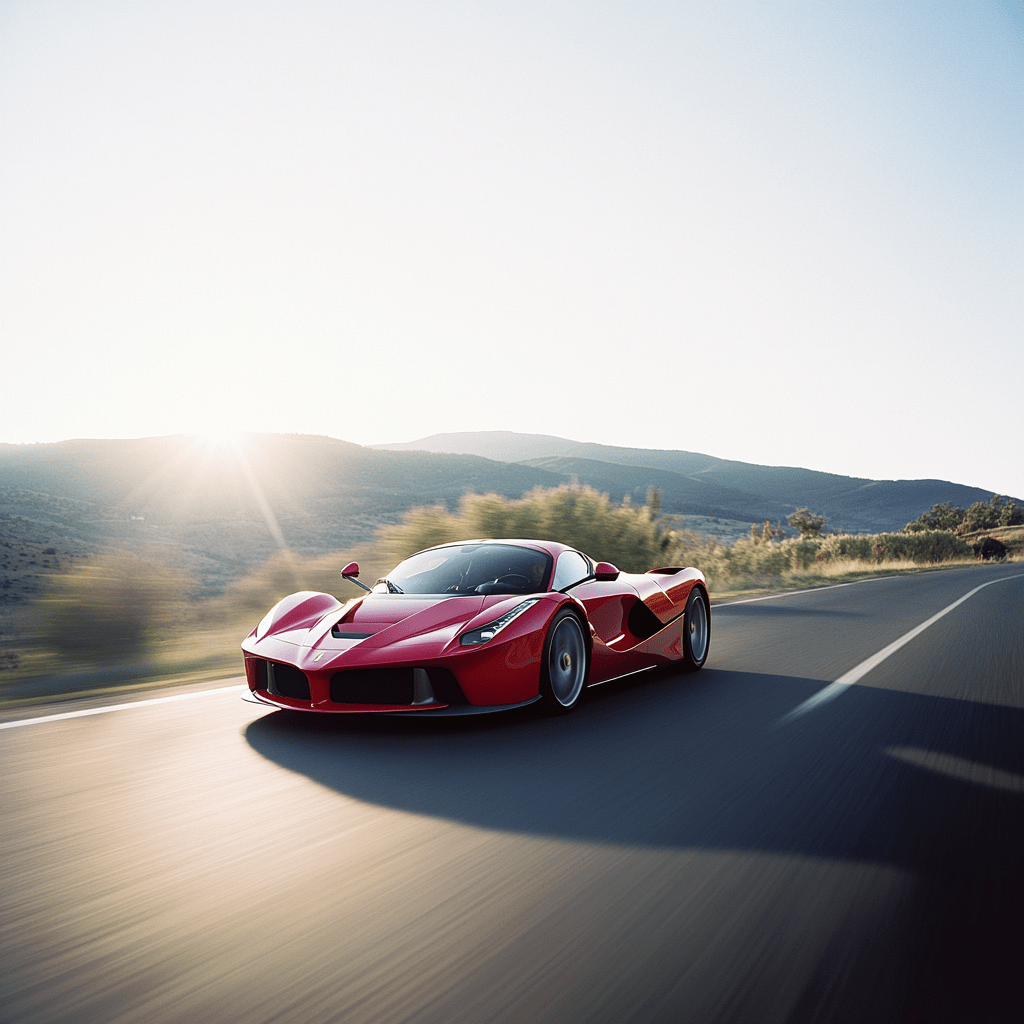Introduction
When discussing the apex of automotive engineering and elegance, one name inevitably rises to the top: Ferrari. From the thunderous growl of its engines to its unmistakable scarlet sheen, Ferrari represents far more than just a car. It symbolizes a culture of performance, luxury, and prestige. In this article, we explore the rich tapestry of Ferrari’s heritage, tracing the remarkable evolution of this world-renowned marque and examining why it remains a definitive symbol of speed and style.
The Origins of a Legend
To begin with, Ferrari’s story starts in the heart of Italy, in the town of Modena, where Enzo Ferrari was born in 1898. Although his early ambitions leaned towards racing, destiny had greater plans. By 1929, Enzo had founded Scuderia Ferrari, a racing team under the Alfa Romeo banner. Yet, his dream of creating cars bearing his name wouldn’t be realized until 1947, when the first official Ferrari-badged car, the 125 S, made its debut.

Building a Racing Dynasty
Soon after, Ferrari began to dominate the racing circuits. Unlike other brands that transitioned from street cars to racing, Ferrari was born on the track. In 1951, Ferrari clinched its first Formula 1 victory. Over the following decades, the Prancing Horse would go on to become the most successful team in F1 history. With more than 240 Grand Prix wins and 15 drivers’ championships, Ferrari’s racing pedigree is unmatched. Consequently, every road car carries the DNA of a champion.
Aesthetics Meet Aerodynamics
Moving forward, Ferrari’s commitment to performance has always been intertwined with a devotion to design. Collaborations with renowned Italian coachbuilders like Pininfarina resulted in some of the most breathtaking designs ever seen on four wheels. For example, the Ferrari 250 GTO, launched in the 1960s, continues to be celebrated for its perfect blend of aesthetics and engineering. It’s no surprise that one sold for over $70 million, making it the most expensive car ever sold at auction.

From Track to Road
Interestingly, Ferrari’s influence is not confined to the racing circuit. The brand made a seamless transition from track to road by introducing high-performance vehicles tailored for everyday driving—without compromising its racing essence. The Ferrari F40, introduced in 1987, was the last car personally approved by Enzo Ferrari. It became an instant icon, embodying the raw, unfiltered joy of driving. Even today, models like the SF90 Stradale combine hybrid technology with jaw-dropping speed, ushering Ferrari into the future while honoring its roots.
Cultural Icon and Celebrity Magnet
Not only does Ferrari dominate the automotive world, but it also enjoys a revered status in popular culture. From film appearances in classics like Ferris Bueller’s Day Off to modern cinematic masterpieces such as Ford v Ferrari, the brand captures imaginations across generations. Moreover, countless celebrities—from actors to athletes—own Ferraris, further solidifying its image as a status symbol. The brand is not just about transportation; it’s about aspiration.
Craftsmanship and Innovation
In terms of craftsmanship, Ferrari leaves nothing to chance. Every car is hand-assembled in Maranello, Italy, where tradition and innovation coexist in harmony. Technicians use cutting-edge tools, yet still rely on artisan skills to ensure perfection. Unlike mass-produced vehicles, each Ferrari is a bespoke masterpiece, reflecting the passion and precision that define the brand. The materials—whether carbon fiber or fine leather—are chosen for both performance and elegance.
Ferrari and the Luxury Lifestyle
Without a doubt, driving a Ferrari is a luxury experience unlike any other. The symphony of the engine, the precision of the handling, and the feel of the interior materials all combine to create an unforgettable sensation. For many, renting a Ferrari is the ultimate indulgence—an opportunity to live a dream, if only for a day. It transforms a regular moment into an extraordinary memory, which is why services like DD Sportscar offer a carefully curated fleet of Ferraris for discerning clients.

Heritage That Inspires and The Future of Ferrari
Despite its forward-looking innovations, Ferrari never forgets its heritage. Each new model pays tribute to past achievements while pushing boundaries. Take, for instance, the Ferrari Monza SP1 and SP2, modern interpretations of the classic barchettas of the 1950s. These vehicles are not only feats of engineering, but also celebrations of Ferrari’s enduring legacy. Thus, history and innovation are not opposing forces, but complementary pillars of the brand.
Looking ahead, Ferrari shows no signs of slowing down. Under the leadership of CEO Benedetto Vigna, the company is embracing digital transformation and advanced technologies. Initiatives in AI-assisted driving, sustainable materials, and data-driven design promise a new era for the brand. Simultaneously, Ferrari remains grounded in the values that built its legacy—speed, style, and soul.
Conclusion
In conclusion, Ferrari is more than a car manufacturer. It is a cultural phenomenon, an engineering marvel, and a symbol of personal ambition. It reflects decades of innovation, racing dominance, and aesthetic brilliance. Every curve, every roar of the engine, and every logo etched into the dashboard tells a story of relentless pursuit—of speed, of perfection, of style. Whether you’re an aficionado or a first-time renter, Ferrari offers a gateway into a world where luxury and performance collide. And that world is waiting for you.

